Vaginal atrophy affects one in three women—so why does it feel like a taboo topic?
Vaginal atrophy can happen at any age but is most common during menopause. Here's what you need to know, including common symptoms and treatment
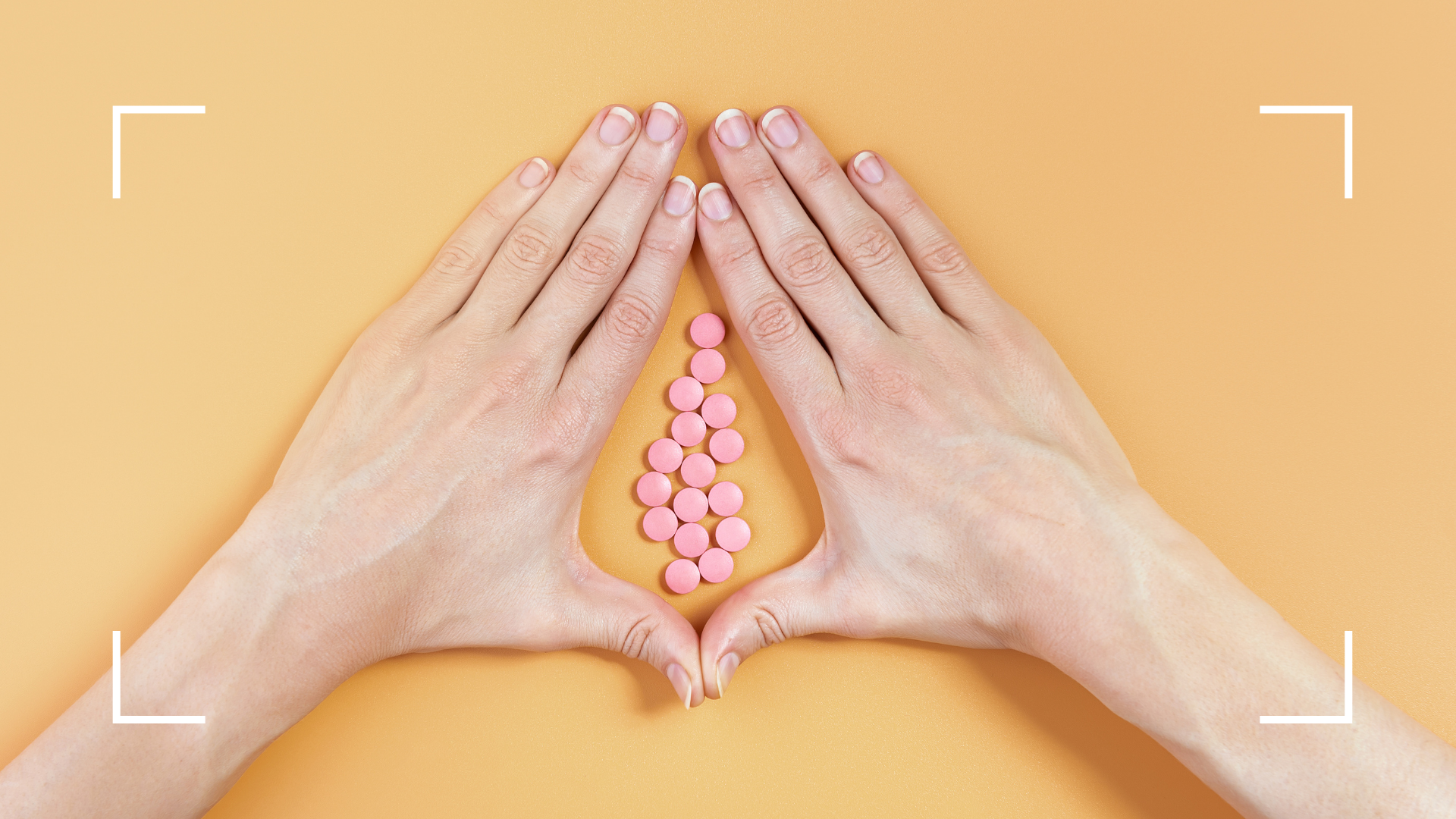

Vaginal atrophy can happen at any life stage but is incredibly common postmenopause. It is rarely discussed but normalizing the natural changes our bodies go through is not only important for opening up the conversation about women's health, but it also helps reduce the shock and shame that can come with these conditions when they start to affect us.
Vaginal atrophy occurs when the body's estrogen levels drop, usually during menopause causing thinning, drying, and inflammation of the vaginal walls. This reduction in estrogen can also cause urinary symptoms too, which is why you'll sometimes hear vaginal atrophy grouped with other symptoms of Genito-urinary Syndrome (GUS). It's a normal part of the process, but for some, it can be uncomfortable and distressing. Kegel exercises can help combat the pelvic muscle weakness caused by GUS, and thankfully there are treatments for vaginal atrophy, too. It's important to remember that vaginal atrophy is incredibly common, affecting 50-60% of postmenopausal women according to a study from Int J Women's Health. There's no need to suffer in silence.
What is vaginal atrophy?
Vaginal atrophy—which is also known as atrophic vaginitis—is the thinning and drying of the vaginal walls, which often occurs as a result of your body having less estrogen. This lack of estrogen can also cause inflammation.
You can suffer from vaginal dryness or a sore vagina at any stage in life. But vaginal atrophy typically only affects those above the age of 40. “Vaginal atrophy typically gets worse as one gets older,” says Dr Nitu Bajekal, MD FRCOG consultant gynecologist and women’s health expert.
“Dropping levels of the estrogen hormone is the cause in most situations, as one of this hormone’s functions is to keep the vaginal tissue lubricated and supple. Atrophy can cause the vaginal skin to become dry and bruised, especially after sex, with many complaining of a sensation like paper cuts that can leave them sore for many days.”
YOU MIGHT ALSO LIKE
At woman&home we champion women's health. For relatable, practical, and honest advice on topics that affect women, take a look at our guides to:
• what is premenstrual dysphoric disorder
• what a 'normal vagina' really means
• and sexual anxiety
While vagina atrophy is common—affecting one in three women, according to the London Women's Centre—it doesn't have to be debilitating or a reason to avoid sex. Dealing with menopause can be challenging, so caring for your body and maintaining a good relationship with yourself and your loved ones can make a huge difference to how well you're able to manage, respond to and treat symptoms of vaginal atrophy. It's just as important to maintain intimacy as we age, and if you need a helping hand navigating your sex life after the change, our guide on sex and menopause should help.
What are the symptoms of vaginal atrophy?
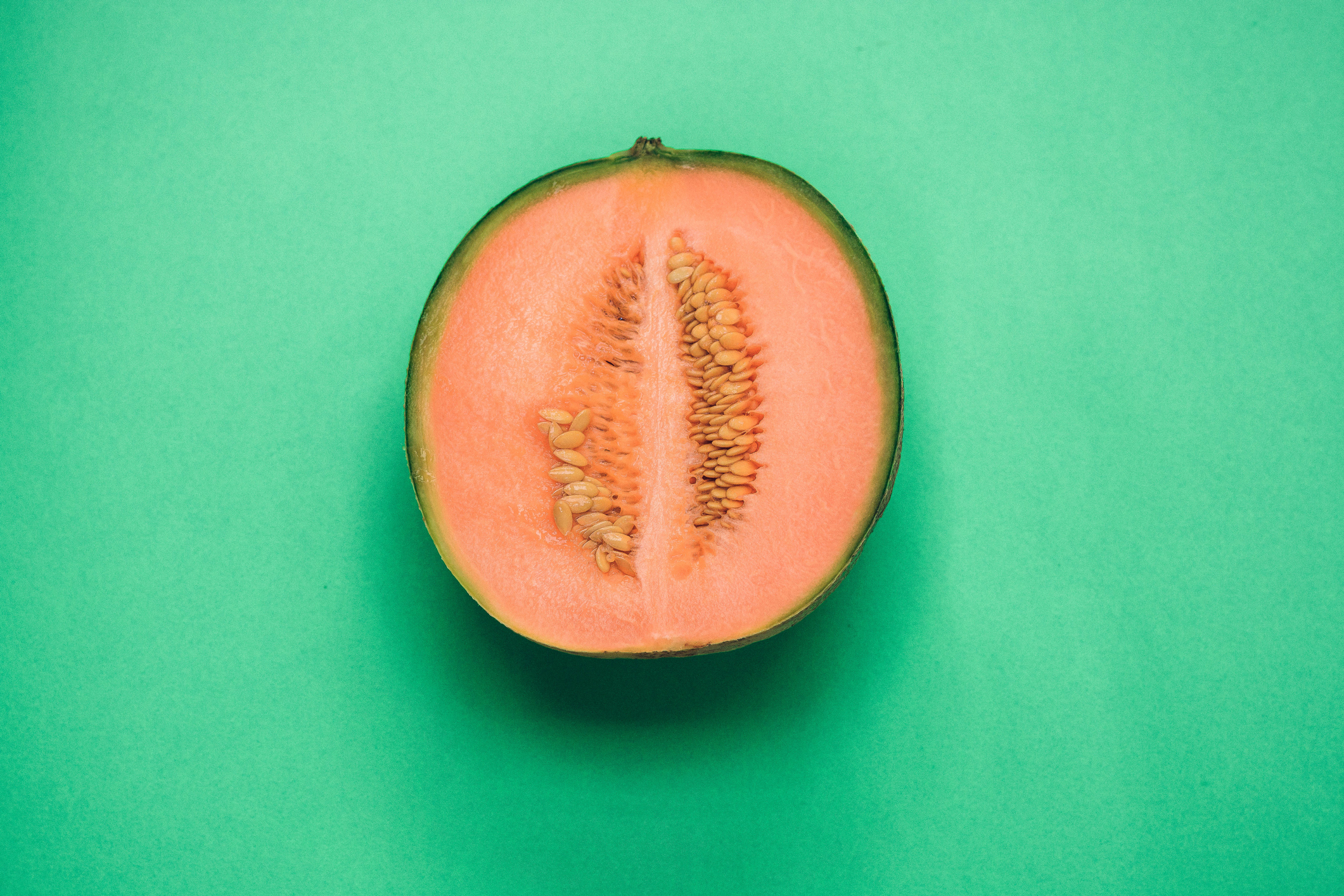
Symptoms can vary from how our vagina looks and feels, to how sex might change. Common symptoms of vaginal atrophy to look out for include:
Sign up for the woman&home newsletter
Sign up to our free daily email for the latest royal and entertainment news, interesting opinion, expert advice on styling and beauty trends, and no-nonsense guides to the health and wellness questions you want answered.
- Vaginal dryness
- Recurrent UTIs
- Vulval aesthetic changes
- Loss of sensation during sex
The best way to figure out if you're suffering from vaginal atrophy is to know what's 'normal' for you in terms of how your vagina looks and feels, so you can spot any changes quickly.
1. Vaginal Dryness
The first symptom of vaginal atrophy you’re likely to notice is is dryness which usually manifests as pain during sex and sometimes postcoital bleeding. This is caused by the reduction in the glandular secretions from the glands close to the cervix and the Bartholin’s glands close to the entrance of the vagina. Dryness can also lead to burning and itching sensations inside the vagina and around the vulva and can make having your pap smear or pelvic exams more uncomfortable.
It’s often confused with thrush, but should not be treated in the same way as yeast infections unless you're certain that is the cause of your dryness, as this could cause more discomfort.
2. Recurrent UTIs
Changes in the conditions of the urogenital system during menopause affect your microbiome which hosts a diversity of bacteria that works hard to keep your skin, gut, and vagina healthy.
If the bacteria in your vagina change this can lead to colonization of enteric organisms (AKA unfriendly bacteria). A common symptom of GSM, this change can cause infections like bacterial vaginosis and it also increases the risk of recurrent urinary tract infections. If you have vaginal atrophy you might also experience a burning sensation when going to the toilet, feel you need to go more frequently, or experience incontinence.
3. Changes to vulval aesthetic
Naturally, the look of your vagina will change as you age and this is absolutely no cause for concern, but you may notice these changes more prominently during menopause. This is normal but can be confusing or upsetting for some people.
Vaginal atrophy may cause your vulva to look paler and your labia may be thinner and less full. As your body loses estrogen, you're less able to retain water so a flattening and thinning of the labial folds tends to occur. This is the most visible evidence of vaginal atrophy.
4. Loss of sensation during sex
You may feel different inside too. As levels of collagen and a fat-storing tissue called adipose decline, the vagina becomes thinner and loses elasticity. When the body is aroused, the ridges inside the vagina expand to allow for penetration. Vaginal atrophy causes the inner walls of the vagina to become thinner and these ridges become shallower. This can affect the sensations you experience during sex.
In some cases, atrophy can affect the clitoris causing it to shrink or disappear altogether. This can have a huge effect on your sex life, but it’s important to remember the clitoral nub at the top of the vulva is just one pleasure point of a much larger anatomical structure and you can achieve clitoral stimulation in many other ways.
What are the best treatments for vaginal atrophy?
No two women will experience vaginal atrophy in the same way. Some people with vaginas may experience just a few mild symptoms, while some might experience all of them. This means the treatment that works for one person may not for another, but there are plenty of options available so that you can find the right one for you. If you're suffering from vaginal atrophy speak to your doctor for medical advice to find the best treatment for you. Some of the most common treatments options include:
1. Lubricant
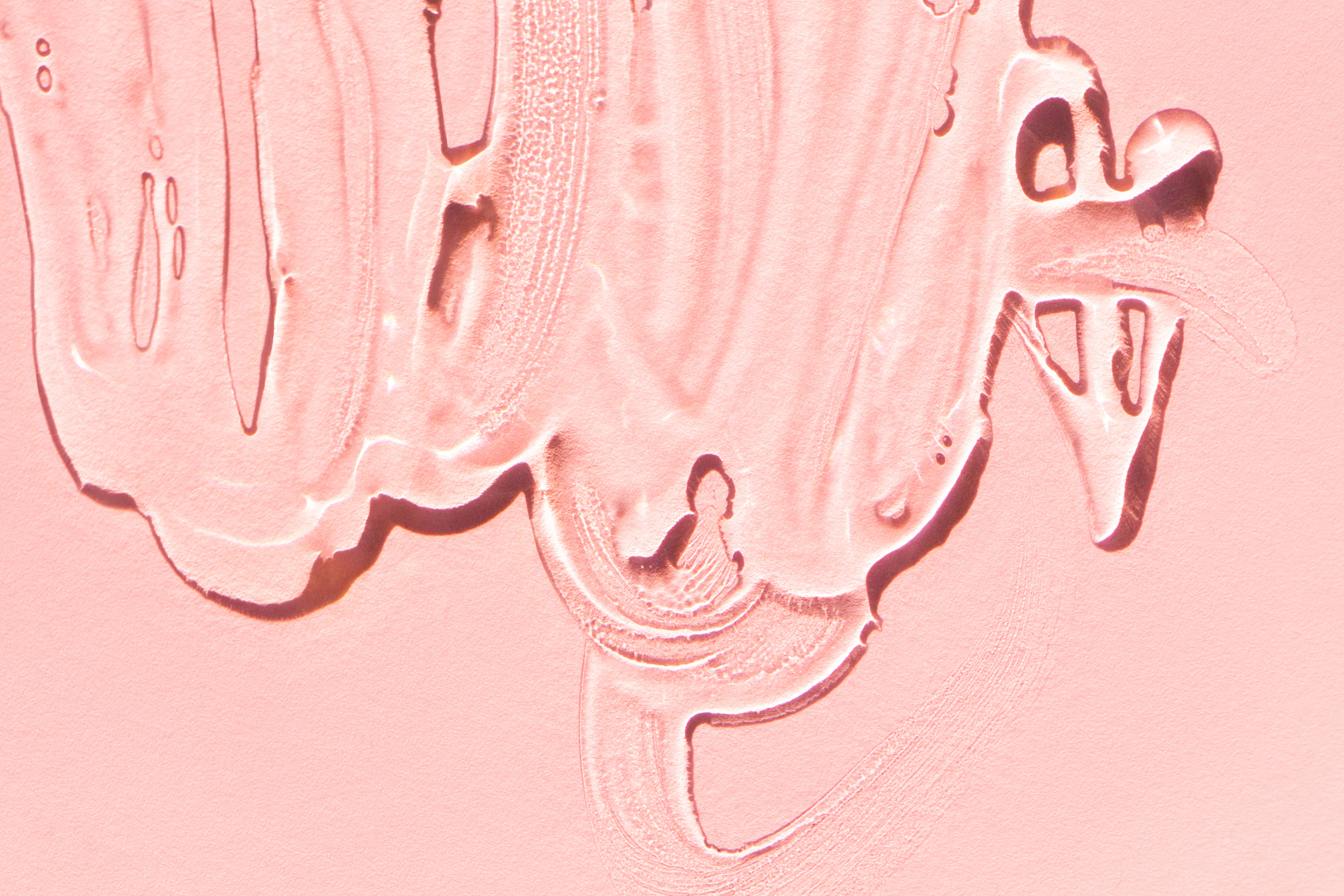
Getting your confidence back in the bedroom and having great sex once again could be as easy as adding a tube of lube into the mix (take a look at our guide to the best lubes if you're deliberating on which brand to buy). Regular penetrative sex improves blood flow to the urogenital area, encouraging collagen stimulation and production. Penetrative sex doesn’t have to mean penis-in-vagina—female masturbation works just as well! You can use your fingers or toys (see our guide to the best sex toys for some ideas) to massage the inner walls of your vagina and encourage sensation.
As vaginal atrophy causes the vaginal walls to become thin and dry, lubrication is essential. Samantha Evans, a menopause expert and founder of Jo Divine advises opting for products with ingredients that are extra-kind to your vagina. Look for water-based or silicone products and avoid glycerin, glycols, parabens, perfumes, dyes, alcohol, and petroleum jelly.
Samantha suggests doing a skin test on the outer labia of your vulva. If the product causes stinging, itching, burning or any irritation wash it off. There is no right way to use lube, you may need to experiment to find what feels good for you.
2. Topical hormone replacement therapy
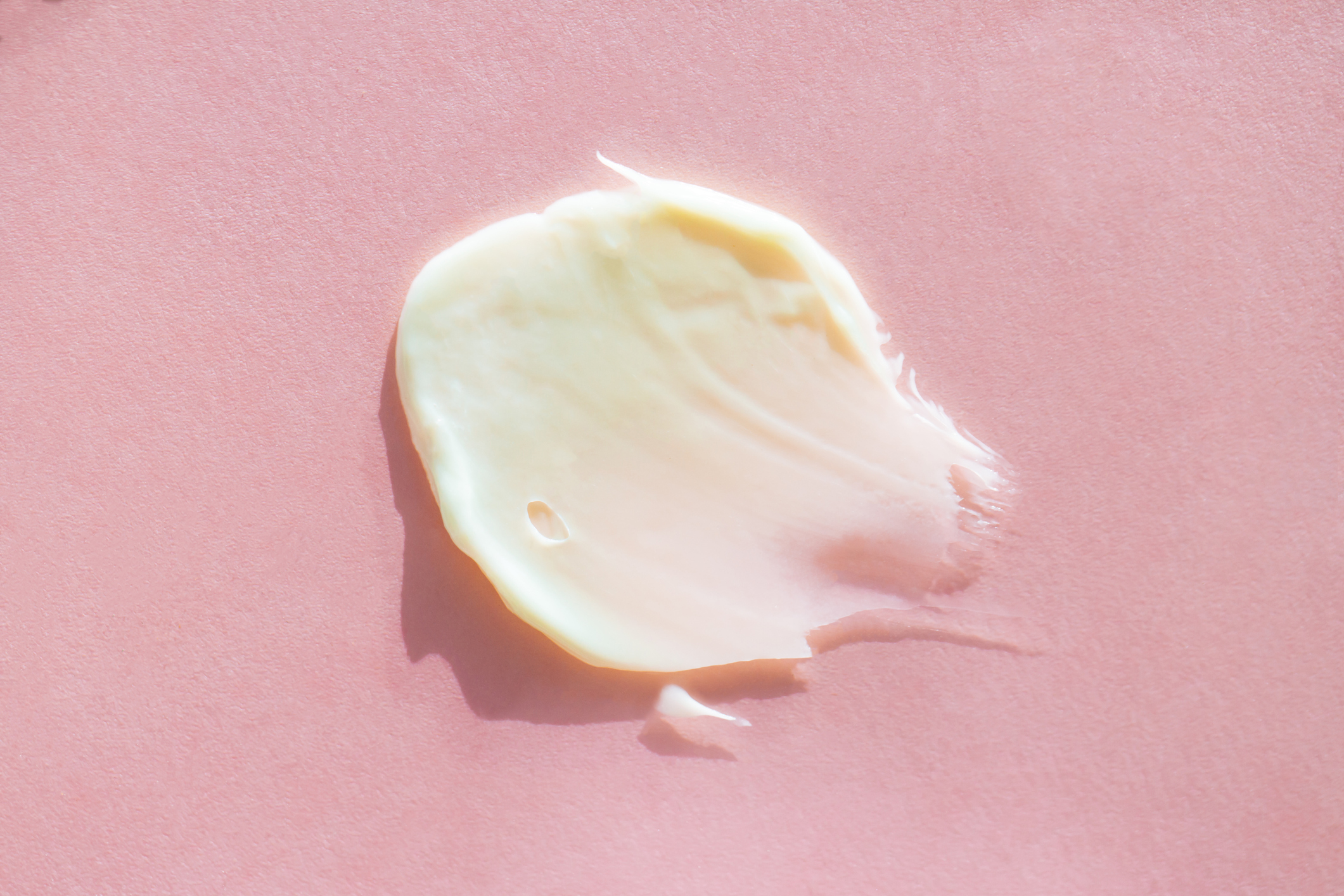
Topical hormone replacement therapy (HRT) can help stabilize estrogen and progesterone levels, and improve vaginal atrophy symptoms, too.
Topical vaginal estrogen comes in the form of a cream, pessary, or vaginal ring and is best used for treating local vaginal atrophy or urinary symptoms of cystitis, Dr Bajekal tells us. “Topical hormone replacement therapy is safe and can be used by most people indefinitely. It acts locally, so is often better than systemic HRT, which travels through the bloodstream by way of a pill," says Dr Bajekal.
"The estrogen helps to strengthen the vaginal and bladder lining by improving the blood supply, reduced the shedding of cells, and making the tissues less atrophic and more supple. Local estrogen treatment can be used for as long as a woman needs help with local symptoms and can also be safely used in combination with HRT. There are some other medications such as Prasterone and Ospemifene that can be of help and can be prescribed under the guidance of your specialist.”
3. Personal care
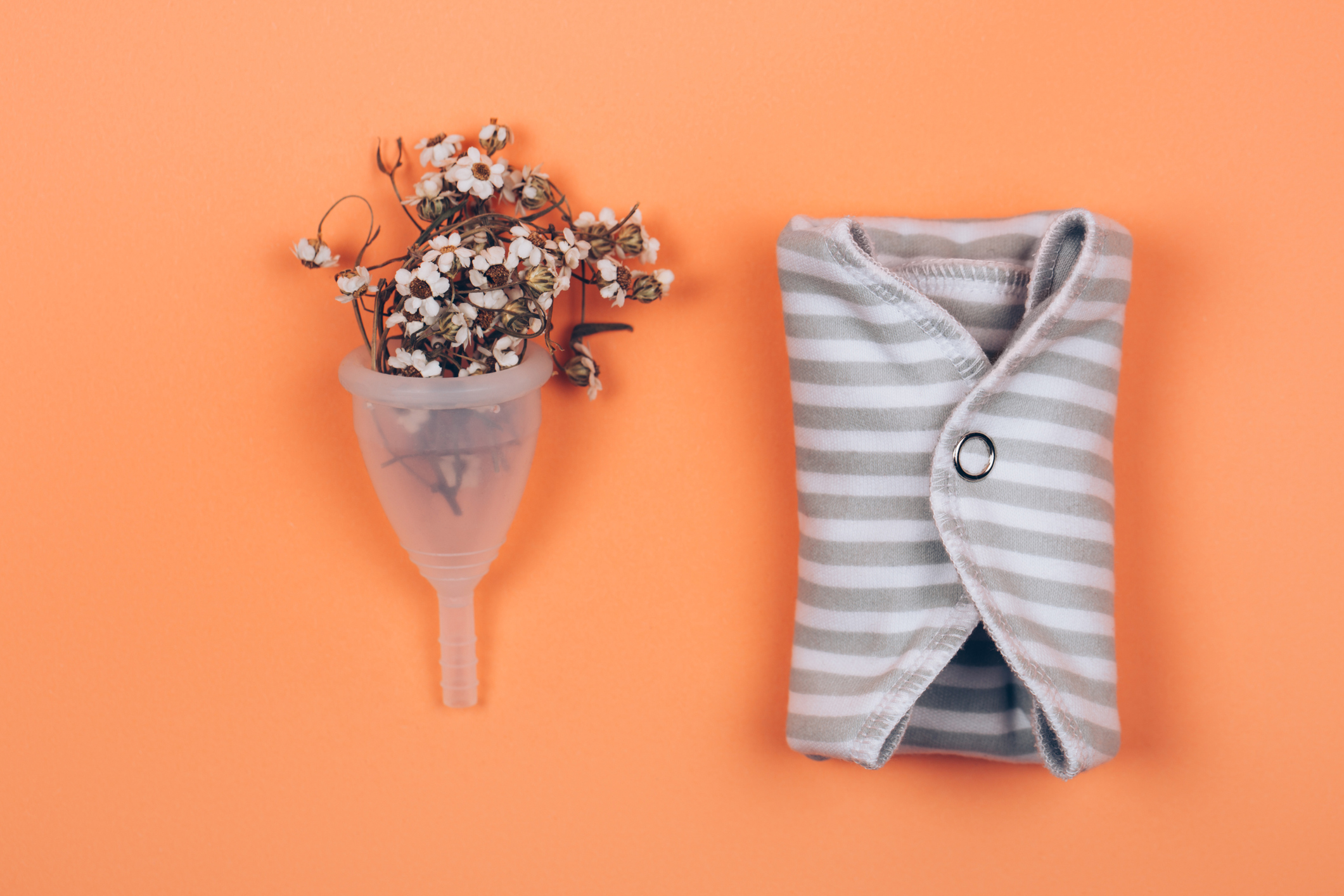
Looking after your vagina throughout your life can help reduce discomfort during hormonal changes, but it's never too late to practice good vaginal hygiene. And this can help ease symptoms of vaginal atrophy and menopause in general.
- Master pelvic floor exercises (or try kegel balls if you need some support)
- Attend regular pap smear tests
- Avoid heavily perfumed products, douching, and lubricants that aren’t compatible with your body’s natural pH balance. Instead, Dr Bajekl advises using natural oils such as coconut, vitamin E, or almond oil.
- If using period or incontinence products, use those made of natural fibers so as not to disrupt your vaginal microbiome (see our guide to the best menstrual cups and best period underwear for top recommendations).
4. Diet
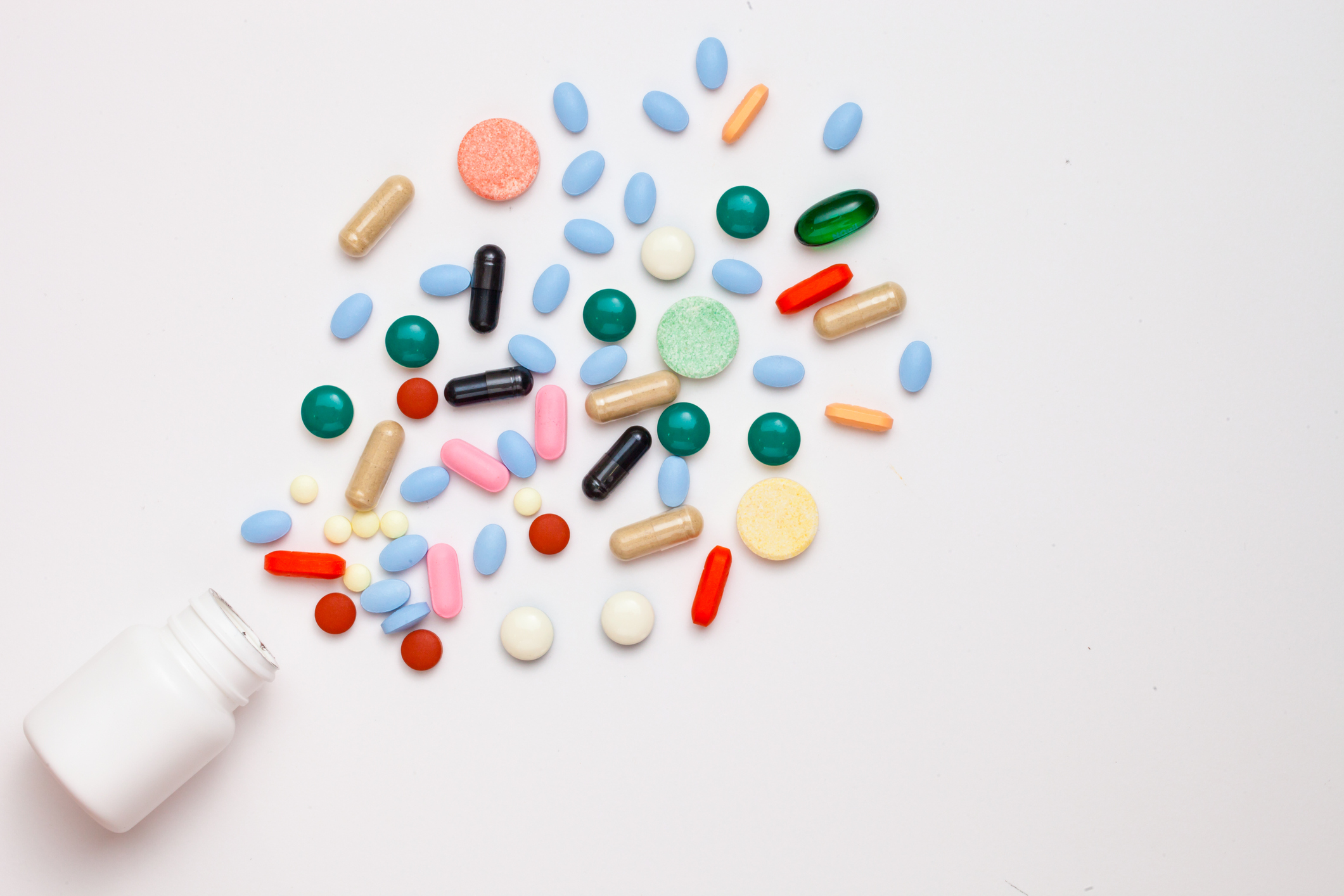
Your vaginal and gut microbiome are closely linked so eating the right foods for a healthy vagina and taking the correct immunity supplements for hormonal support can be great for prevention and symptom relief of vaginal atrophy and other symptoms of GUS.
- Food rich in Omega-3s—important for maintaining collagen levels and reducing inflammation in the body. Found in oily fish, eggs and plant oils.
- Food rich in Probiotics—encourages the growth of good bacteria in your gut and your vagina. Some people enjoy the likes of kombucha, kimchi and natural yogurt, while others take a probiotic tablet daily.
- Collagen supplements—replace the collagen your body loses during menopause by taking collagen supplements or drinking collagen-rich bone broths. It's good for vaginal health and promotes glowy, plump skin too.
- Other supplements—Magnesium, zinc, Vitamin E and Vitamin C are also excellent sources of hormone-balancing vitamins and minerals. Supplements can help but a varied diet is the best foundation for optimal hormone function and a healthy microbiome. Add more greens, nuts, seeds, whole grains, chickpeas, citrus fruits and vegetables to your diet.
5. Aesthetic treatments
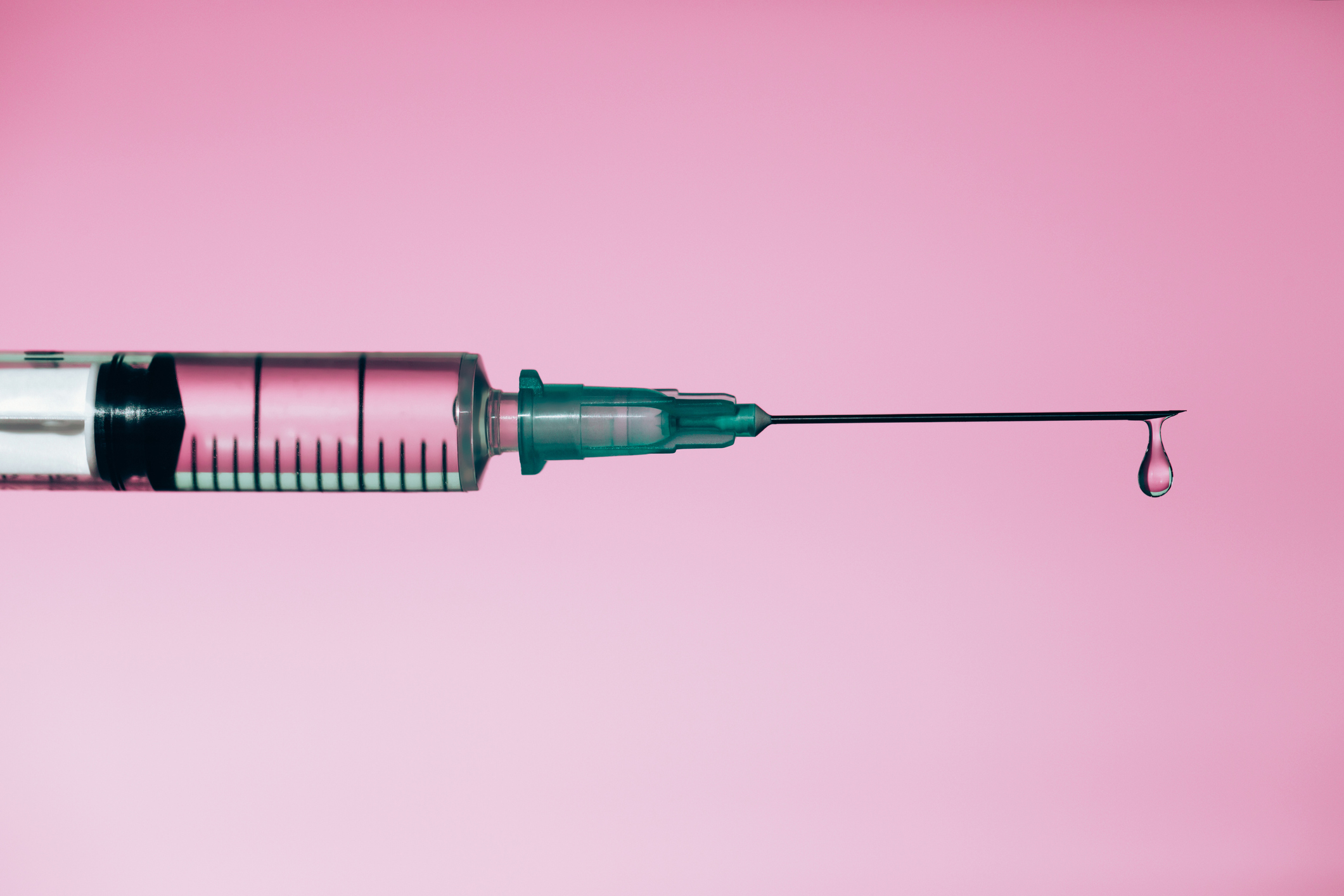
For many women, vaginal atrophy is more than a physical issue. The sensations and visual changes associated with it can knock confidence, cause a reduction in sex drive and lead to long-term mental health struggles. For this reason, some choose to opt for specialist aesthetic treatments.
Speak to your doctor before pursuing this option as they may recommend other treatments first. As with any aesthetic procedure, it’s incredibly important to research your practitioner, view their previous work, and only consult with licensed medical professionals. Some popular treatments include:
1. Platelet-rich plasma therapy
- About the treatment—Platelet-rich plasma therapy (PRP) is a popular option for some women who have suffered from clitoral atrophy or loss of vaginal sensation. Also known as the O Shot or Orgasm Shot, this treatment comprises a series of injections to augment and rejuvenate the G-spot, clitoris, and labia. By injecting the patient’s own plasma back into these areas, circulation, elasticity, sensation, and fullness can be restored.
- How long does it take? less than one hour
- Recovery time—three days
- Average cost—$1200+
2. Hyaluronic acid fillers
- About the treatment—These injections provide temporary fullness and moisture within the vaginal tissue. The filler is injected into the labia majora and labia minora to restore the vulva. Although this particular treatment is purely aesthetic, it can help to boost enjoyment of sex, confidence, and mood.
- How long does it take? less than one hour
- Recovery time—two days
- Average cost—$4000-$6000
3. Labial puff treatment
- About the treatment—This is a form of fat transfer, where fat is taken from another area of the body and injected into the labia. “It’s popular because it delivers noticeable results and unlike temporary measures such as fillers, the results can be close to permanent,” says Paul Banwell of The Banwell Clinic. “We use nanofat transfers which make use of stem cells and of course, these trigger further regeneration within the area we’re treating. This is a natural process so the final results won’t be seen immediately. For more immediate results some opt for fillers or APTOS threads. But a combination of all three techniques can also be applied depending on the desired result.”
- How long does it take? less than one hour
- Recovery time—2-3 months for full recovery
- Average cost—$4,000-$6,000+
If you’re suffering from symptoms of vaginal atrophy and GUS speak with your doctor to discuss your experience and find the best treatment plan for you.
woman&home thanks Dr Nitu Bajekal, MD FRCOG consultant gynecologist and women’s health expert, and Samantha Evans, a menopause expert and founder of Jo Divine for their help and expertise.
Emilie Lavinia is a writer, entrepreneur and women’s wellbeing advocate. She is passionate about femtech, closing the gender health gap and campaigning for education and transparency across mental, physical and sexual health. Emilie presents All Being Well – a series that investigates the concept of wellness, good health according to experts and what it means to ‘be well’. She has a decade of experience as a journalist, editor and brand strategist and is the founder of four separate organisations that champion women’s health, marginalised communities and LGBTQ+ people.
-
 What is ‘tile drenching’ and why is it the biggest design trend of 2025?
What is ‘tile drenching’ and why is it the biggest design trend of 2025?Expert insight and guidance on ways to bring this popular trend into your home, no matter your style
By Natasha Brinsmead Published
-
 Are ice baths good for you? This longevity expert says there's 'no benefit' for women - here's why
Are ice baths good for you? This longevity expert says there's 'no benefit' for women - here's whyIt's good news for those who'd rather avoid an icy dip, as a leading longevity expert has revealed why ice baths might not have positive effects for women
By Grace Walsh Published